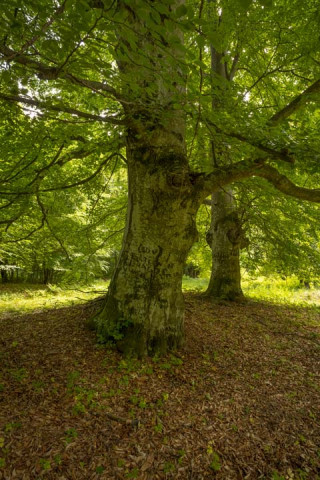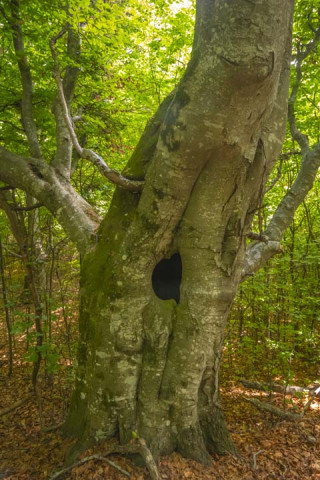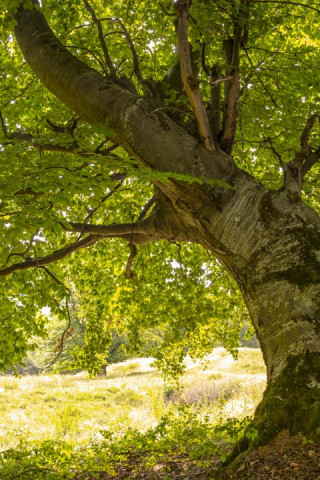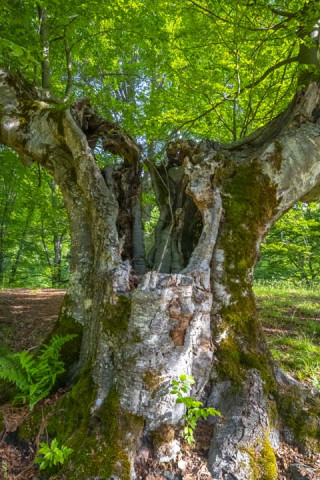Once upon a time...
The "Forest of Immortal Stories" project was born from the desire to protect some of Europe's oldest and most spectacular beech trees. We don't live long enough to tell our story, but these age-old trees are almost immortal, aren't they? They can do it for us. On the meadows of Nucșoara, we chose 2544 centuries-old beech trees, a symbolic number that equals Moldoveanu, the highest peak in the Romanian Carpathians. They are witnesses of history and heritage treasures, essential sources of carbon sequestration due to their age, source of clean air and future experiences. Give them your story and give them a new life by adopting one of the trees! Or, why not, more than one!
332
So far have been adopted
332 secular trees
232,400 Lei
raised
About the beech trees from Făgăraş Mountains
Click on the cards to find out
the answers to the questions.
the answers to the questions.





